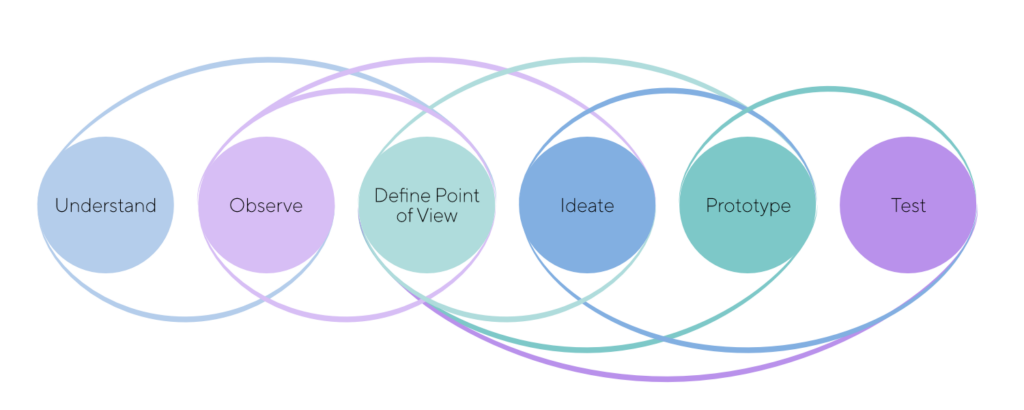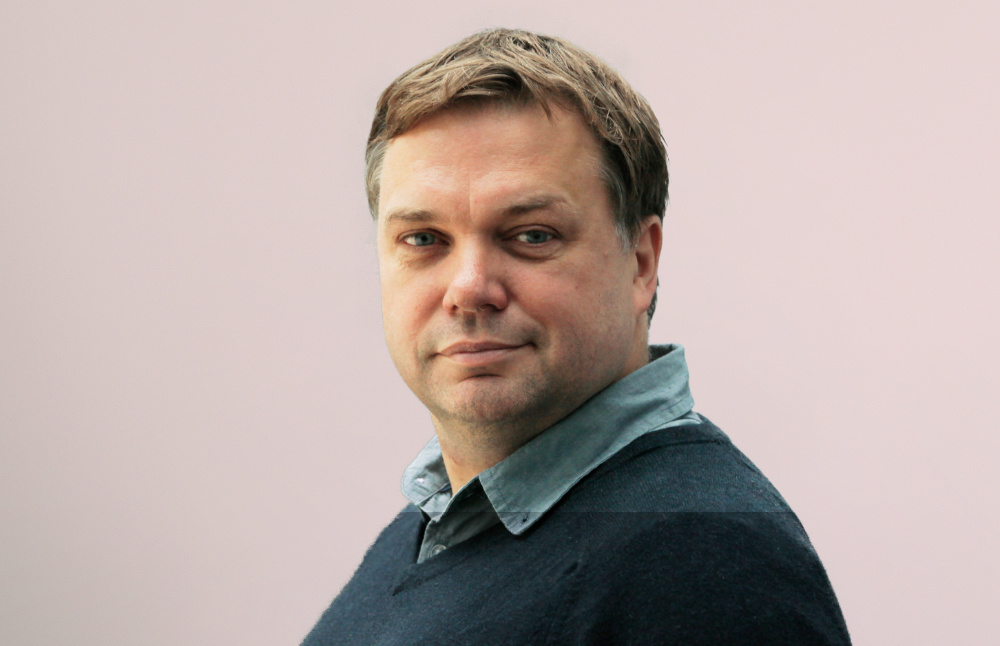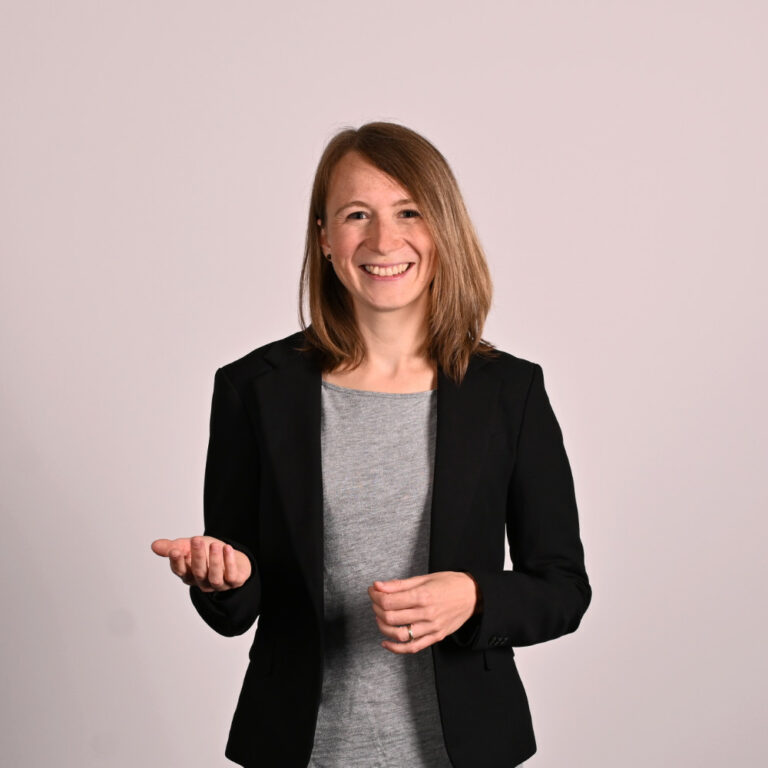User-centered design - keeping the user in mind
Who hasn’t sat in front of their computer and cursed because something doesn’t work the way they wanted it to? Often certain functions don’t do what you expected, or you can’t even find the desired function. Both lead to a high level of frustration and, if it happens frequently, to the fact that you only use the software reluctantly or, in the worst case, not at all.
For us as software developers, our goal is that our users use our product effectively, efficiently and with pleasure. That is why we have an expert in UX design with us for some time, Sven Burdack, who focuses on user-centered design together with the team.
User-centered design is playing an increasingly important role in software development, as it ensures that products not only function technically flawlessly, but also meet the needs and expectations of users. A user-centered approach ensures that software solutions are designed to be more user-friendly, intuitive and effective. Nevertheless, user-centered design is often not yet applied as consistently in practice as would be desirable. This can be attributed to various reasons, ranging from time and cost pressures to a lack of awareness, a lack of expertise and hierarchical decision-making structures.
In this article, we will take a closer look at what is involved in user-centered design, how it can be achieved and how we at OPTANO are currently approaching this.
User-centered design is UI-Design...
...and much more!
User-centric design is an approach to product development that focuses on the needs, wishes and behavior of users. The aim is to design products and services in such a way that they best meet the requirements of the target group and create a positive user experience. This approach is important in product development as it ensures that the products developed are actually accepted and used by the users. By taking the needs of the target group into account, companies can ensure that their products offer added value, increase customer satisfaction and remain successful on the market in the long term.
When developing software, the term “design” immediately brings to mind the user interface (UI) of an application. Of course, UI is an important part of user-centered design, but it encompasses more than is usually imagined. In the following, we take a look at which other aspects can benefit from user-centered design.
- Intuitive user interface (UI)
- The user interface of a software is the direct point of contact with the user and should be simple and intuitive. Employees can quickly find their way around and easily locate the most important functions. This can be achieved through well-structured menus, clear icons and a uniform design language.
- Customizable functions and dashboards
- As every employee has different tasks and requirements, it can offer added value to personalize functions, views and dashboards. This allows users to display information that is relevant to them and hide unimportant information, enabling them to work faster and more efficiently.
- Automation of routine tasks
- Routine tasks can be automated to increase efficiency. By reducing manual activities, employees can use their time for more essential tasks.
- Effective data management
- When managing data, it is very important that this is done with powerful and suitable tools. These include, for example, user-friendly data input, the ability to easily filter and sort data and the integration of search functions. With these measures, users can quickly find and edit relevant information.
- Training and support
- By providing training resources and support documentation, users can be effectively assisted with questions or problems. After all, questions and problems arise even with the most intuitive software. Support can take the form of video tutorials, FAQs or a helpdesk system. Special attention can also be paid to the introduction for new users, because the faster they find their way around, the faster they can work efficiently with the software.
The road to better software
Methods and techniques
Even if the goal of user-centered design is clear, the path to it is unfortunately not. This is because it is usually the case that the software developers who implement the software are not the ones who use it later. In addition to the technical implementation, software developers must therefore always take into account the requirements of users who they may not even know yet. Using various methods and techniques, it is still possible to focus on the needs and requirements of the users. The most important thing here is to always focus on the users and to at least question your own needs and basis for decision-making.
Among other things, design thinking can be used as a method to approach the implementation of user-centered design in a structured way. Design thinking is a systematic approach to complex problems from all areas of life. An iterative process structure, consisting of the steps of understanding, observing, defining perspectives, finding ideas, developing prototypes and testing, enables a holistic approach to problem solving.

It is important to work with an open mindset, include different perspectives and develop prototypes at an early stage in order to receive feedback quickly and continuously improve the solution. Design thinking promotes collaborative teamwork, creativity and a focus on the needs of users in order to develop innovative and user-centered solutions.
As part of the design thinking process, the following methods can help to implement user-centered design:
- User interviews
- Through direct discussions with users, their requirements, wishes and problems can be better understood.
- Personas
- The creation of fictitious user profiles makes it possible to empathize with the target group and better understand their needs.
- User Journeys
- Visualizing the entire user experience from start to finish helps to identify and improve weak points in the design process.
- Prototyping
- By creating prototypes, ideas can be quickly tested and further developed to ensure that the end product meets user requirements.
- Co-Creation-Workshops
- By working with users, ideas can be developed and validated together to ensure that the end product truly meets the needs of the target group.
- Usability-Tests
- Tests of prototypes or existing products with real users help to evaluate user-friendliness and uncover potential for improvement.
More interesting articles
User-centered design
Effort that pays off!
User-centered design is a labor-intensive and time-consuming challenge. Nevertheless, it is worth making this investment because it leads to a more convincing and therefore more successful result.
However, especially when it comes to revising existing software, there are often not only content-related hurdles, but possibly also reservations and resistance from developers and the existing user base. In our interview, we asked Sven Burdack, Senior UI/UX Software Engineer at OPTANO, how this can be dealt with.

Sven Burdack
Senior UI/UX Software Engineer at OPTANO GmbH






